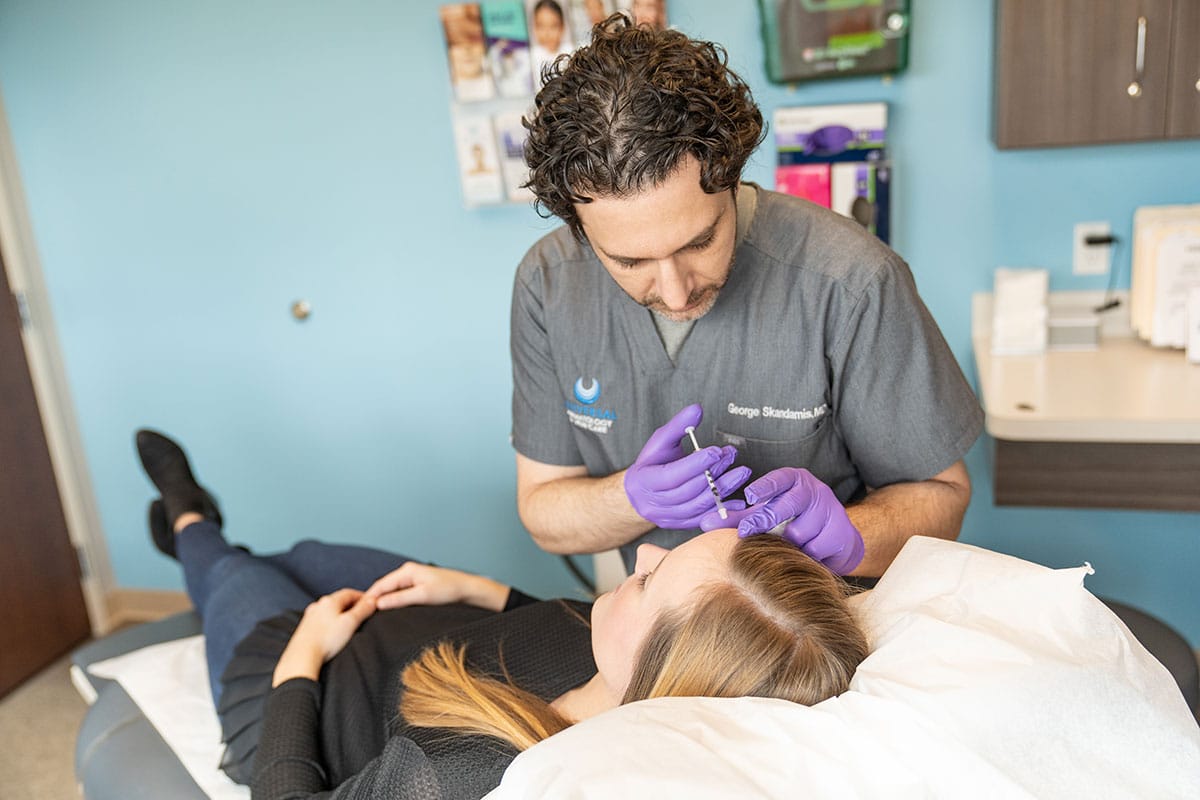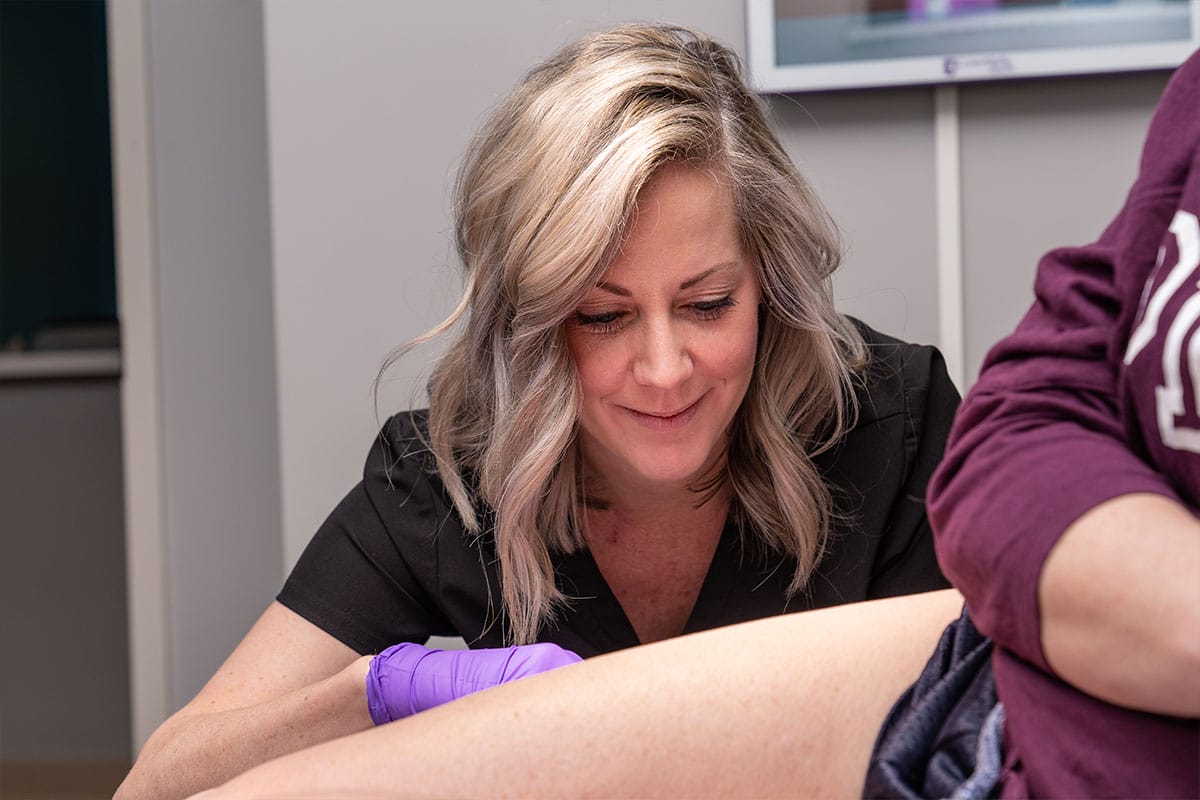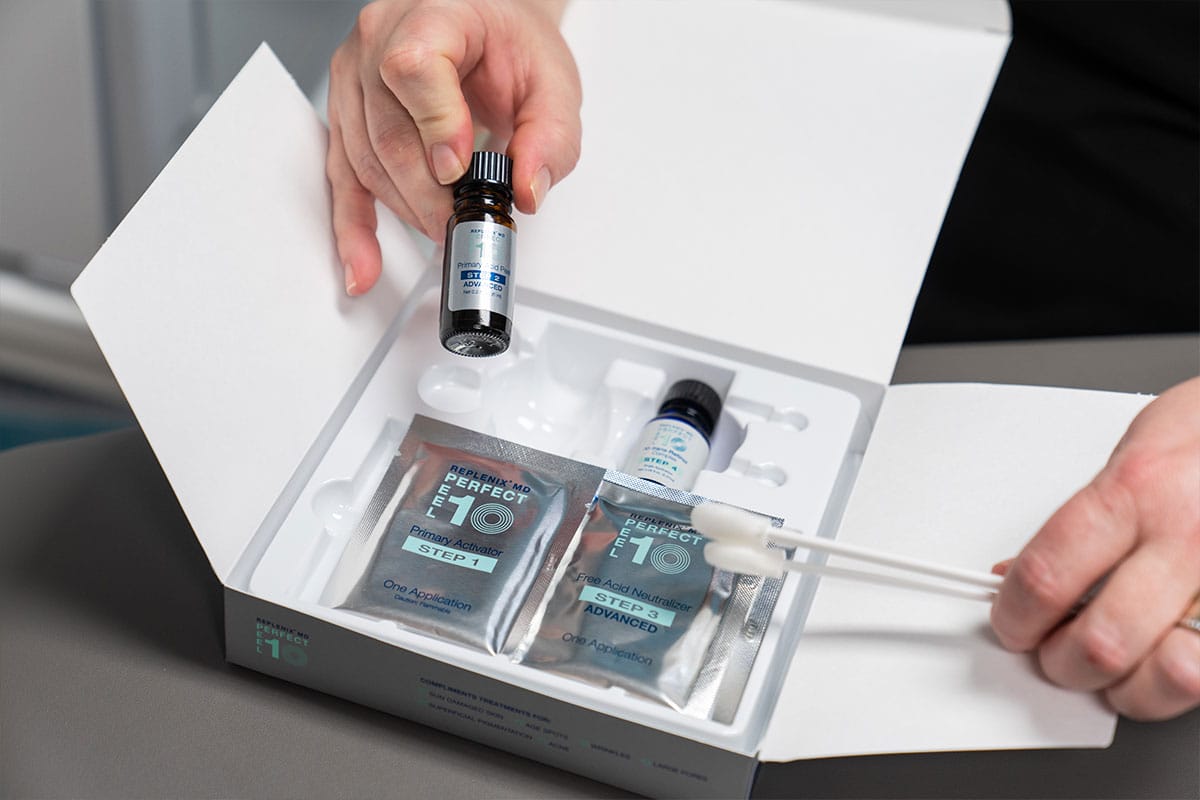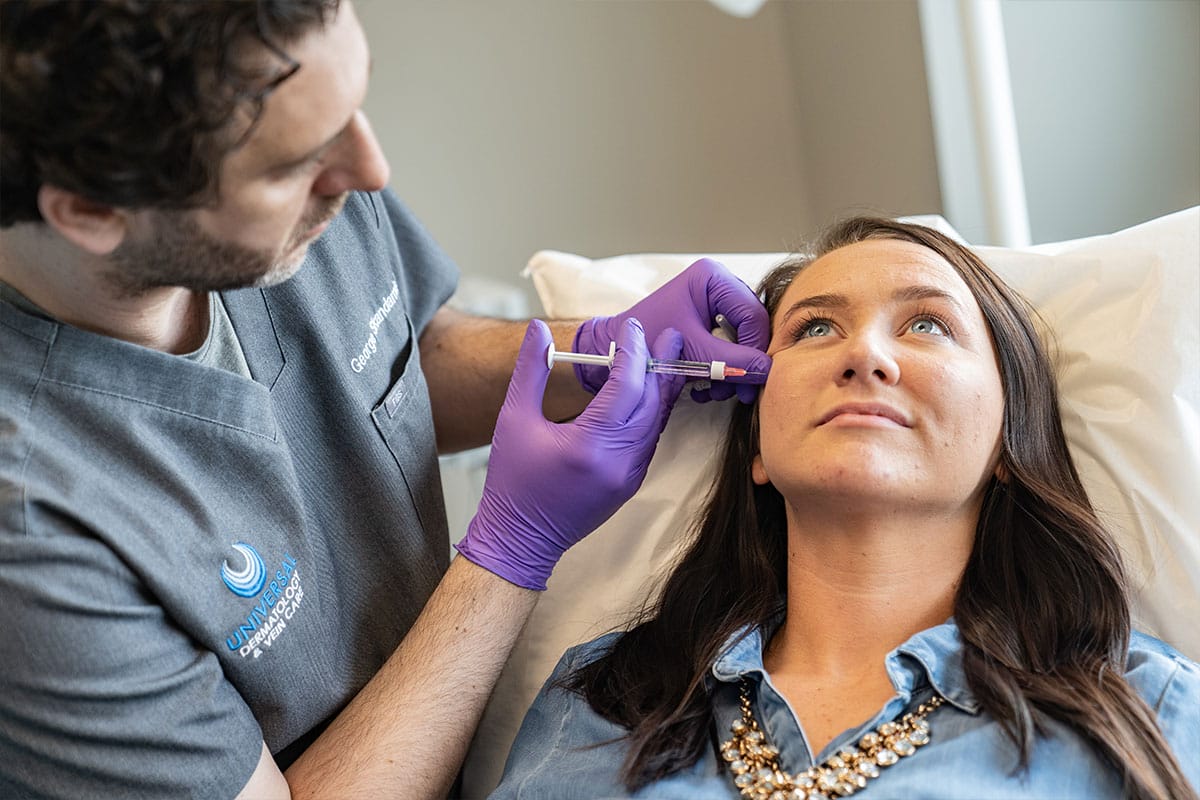Laser Treatments Tips
 Laser treatments, such as laser hair removal, are meant to help you put your best skin forward. Laser treatments include a host of relatively non-invasive and effective procedures for treating a wide range of skin conditions. Common skin conditions which can be treated using these treatments include:
Laser treatments, such as laser hair removal, are meant to help you put your best skin forward. Laser treatments include a host of relatively non-invasive and effective procedures for treating a wide range of skin conditions. Common skin conditions which can be treated using these treatments include:Tips to Prepare for Laser Tattoo Removal Treatment

When considering tattoo removal, one of the wisest tips is to consider your options. Older removal techniques that included surgical excision, dermabrasion, salabrasion, chemical peels, and cryosurgery have largely been abandoned because they usually failed to deliver desirable results and included adverse side effects.
Although the most common side effects of hypopigmentation and scarring may still occur in some individuals, the new generation of Q-switched Alexanderite and Nd-Yag lasers have produced outcomes that are more favorable. Color and absorption characteristic of the ink used in the tattoo slated for removal will help determine the ideal laser for use in the process.
The Alexandrite is effective for removal of black, blue, and green inks. It penetrates to a depth of approximately 1mm and has spot sizes up to 6.5mm. The Nd-Yag system doesn’t involve excessive melanin absorption and is used to remove blue and black inks in darker skin types along with red pigment.
Patients should remain aware, however, that removal of intricate and colorful tattoos can present a challenge as both lasers may be required with treatment occurring over several sessions. Mild, pinpoint bleeding can occur following the procedure. The patient’s skin type can affect response to treatment. Complete pigment removal is often more difficult in lighter-skilled individuals, while some older tattoos also may not be completely removed as some pigment may have penetrated too deeply for removal.
Prevention tips to achieve the best results when considering tattoo removal include waiting to have treatment until summer suntans are mostly gone. Lasers can darken or lighten skin pigment around the tattoo Apply sunscreen before and after treatments to minimize pigment changes. If skin darkening concerns you, have your doctor test the laser on a small spot first.
Lear More
 Our Dermatologists
Our Dermatologists Our Providers
Our Providers Our Staff
Our Staff Specials
Specials Financing
Financing Pay Bill Online
Pay Bill Online